How to Acclimate Tetra Fish?
You must know about the acclimation process to avoid harming or losing your new tetra fish.
Tetras are freshwater fish, and any sudden changes in their environment can be a shock to their body system.
But what is this acclimation process, and how does it work? And most importantly, how can you make sure your tetras get the best possible start in their new home? Read the article.
Here is the quick answer,
How to Acclimate Tetra Fish? You can turn off the fish tank light setup and put the fish bag in the tank. Then the bag will float on the surface of the water. After 15 minutes, slowly open the bag and release your tetra fish into the aquarium. Do not put that bag of water into your fish tank.
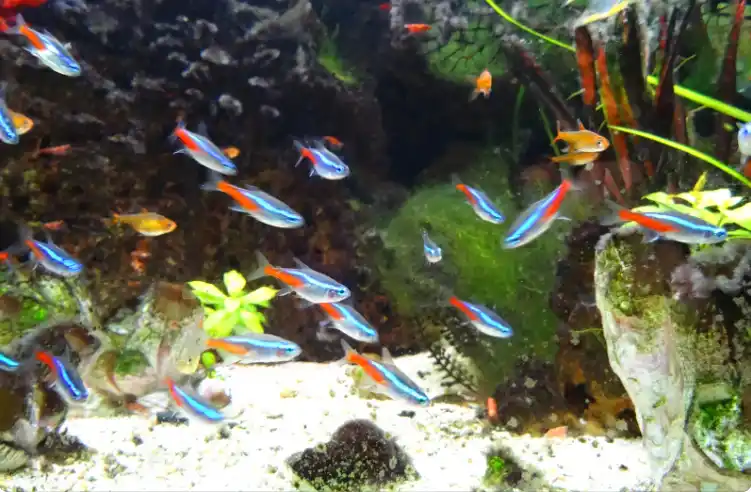
Table of Contents
- Why Do You Need to Acclimate Tetras?
- How does the Acclimation Process Work for Tetras?
- What is the Floating Bag Acclimation Method?
- What is the Bucket Acclimation Method?
- What is the Dripping Acclimation Method?
- Summary
Why Do You Need to Acclimate Tetras?
You might think tetras can handle any environment thrown their way, but Tetras are only good with slow and gradual changes, not quick ones.
You cannot just dump your tetra from the bag or bucket straight into their new tank, thinking everything will be fine. Nope, that is not the case and could lead to your tetra’s untimely demise. You have no clue what kind of environment they’re used to.
Sure, the tetra came in a bag of water from the pet store, but that water might not match your tank’s water at all.
That’s where acclimation comes in. A gradual process that helps your tetra adjust to their new home without getting a shock to their system. This is crucial to keep them safe and reduce the risk of any negative reactions.
How does the Acclimation Process Work for Tetras?
Before you start the acclimation process, you need to understand what your tetras need in their environment. Check out these essential factors:
- The Water Temperature
Keep it between 72 to 82°F. Sure, tetras can handle some temperature changes, but not too much, fast, or long.
- The Water pH and Water Hardness
Tetras like their pH between 6.8 to 7.6 and water hardness of 8-12 dGH.
- Chemical content
Say no to chlorine, chloramine, ammonia, and nitrates in your tetras’ water. Keep the nitrate level under 10-20 ppm max.
- Mineral content
Don’t even think about using distilled water. Tetras need minerals, so unless you enrich it with minerals first, distilled water is a no-go.
Once you have got your water parameters set, it’s time to start acclimating your tetras to their new tank. There are three main ways to do this.
What is the Floating Bag Acclimation Method?
The floating bag method is the most popular way to acclimate your tetras because it’s easy and doesn’t need any fancy equipment. Here’s how to do it:
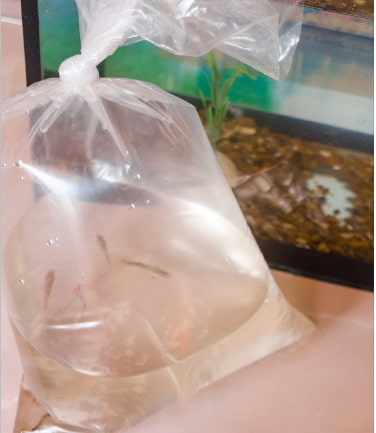
Leave the sealed bag floating in the tank for 15 -30 minutes – This helps even out the temperature differences between the bag and your tank water, so your tetras can adjust to the new temperature.
Slowly add tank water to the bag – Make a small hole in the bag’s knot and add a bit of tank water until it’s about 50-50 with the bag water.
Leave the bag in the tank for another 15 minutes, this gives your tetras time to adjust to the new water conditions. You can even leave them in the mixed water for 1-2 hours to be sure they’re all comfy and acclimated.
When you are sure everything’s good, scoop your tetras out of the bag with a fishnet and put them in the tank. Don’t pour the bag water straight into the tank. That pet shop water is not great for your tetras!
Tiny Fish tank
What is the Bucket Acclimation Method?
If you have more fish that need a little extra space, the bucket acclimation method is an excellent option for you. It takes a little more effort but is more reliable than the floating bag method.
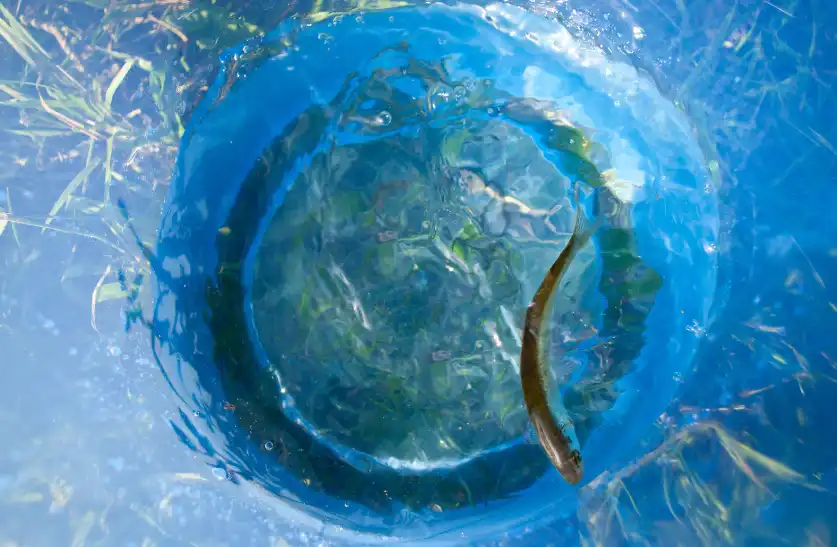
Here are the steps:
Get a clean 5-gallon bucket ready.
Gently pour the entire bag with the water and the fish into the clean bucket.
Begin swapping the water gradually. Remove 25% of the water in the bag and replace it with tank water over time. You can add 1 cup of tank water every 5 minutes or so until you replenish the missing 25%.
Repeat the process. Once you’ve replenished the lost 25%, remove 50% of the water and repeat the process.
Refill the tank with freshwater before adding the fish. If you are using tap water, let it rest for at least 24 hours before using it, or use a de-chlorinator.
After the acclimation process is complete, you can now move the tetras into their new tank. Keep an eye on your tetras for the next 2-4 hours to make sure they are comfortable and safe.
This method takes more time and effort than the floating bag method, but it is definitely worth it. It ensures that bag water doesn’t spill into the main tank, preventing unwanted contamination. Plus, it gives your tetras more time to adjust to their new conditions.
tiny fish tank
What is the Dripping Acclimation Method?
The Dripping Acclimation Method is a bit more complicated than the other two methods, but it’s still an option if you want to use it.
Here’s what you need to do.
- Float the fish bag in the tank
Just like with the Floating Bag method, this will help to equalize the temperature between the bag and the tank water.
- Prepare a bucket and pour the fish into it
Similar to the Bucket method, the acclimation process will take place in the bucket.
- Connect the main tank to the bucket via an airline tubing
This is where the Dripping method differs from the other methods. You will need to use airline tubing to drip water from the tank into the bucket. Tie knots in the tubing to control the water flow, aiming for around 5 to 7 drops of water per second.
- Double the water and repeat the process
Let the dripping continue until the level of water in the bucket doubles. Then, remove 50% of the water from the bucket and repeat the process until the water level doubles again. This means the tetras have now fully acclimated to their new tank.
Remember, as with the Bucket method, you will need to replenish the tank water accordingly. Overall, the Dripping process is more complicated and time-consuming, but it can be helpful for particularly sensitive fish.
Summary
In summary, tetras are hardy fish, but sudden changes in their environment can harm or even kill them. Rapid shifts in temperature, ammonia levels, pH, or minerals can cause tetras to experience shock and possibly tetra fish die. At best, they can get stressed, making them more prone to diseases and infections.
Therefore, taking the time to acclimate your tetras to their new home correctly is essential.
Proper acclimation ensures they can adapt gradually and stay healthy in their new environment. Remember, you typically only need to acclimate them once, so it’s worth doing it right the first time.
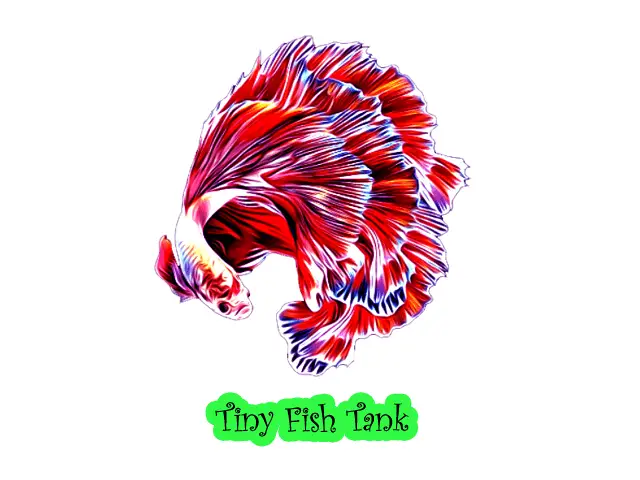
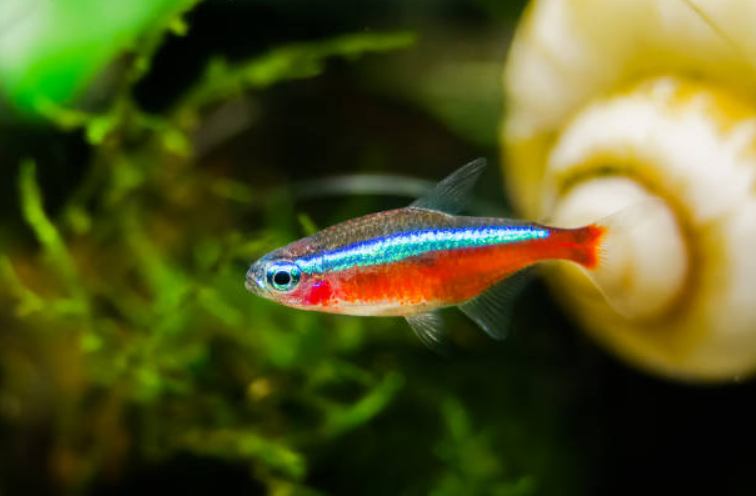
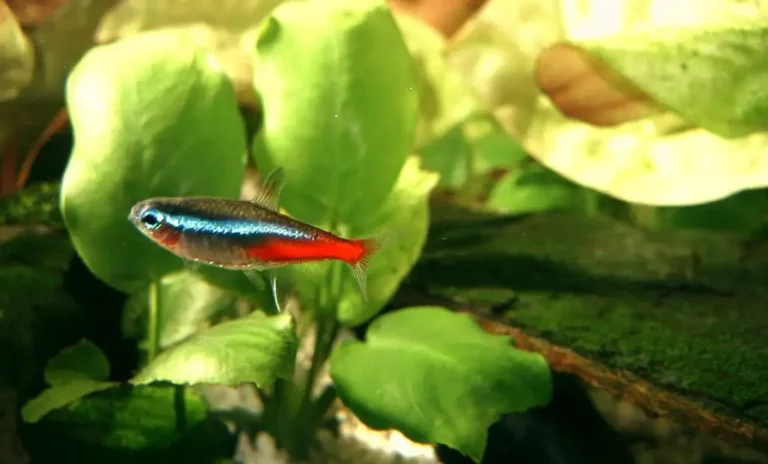
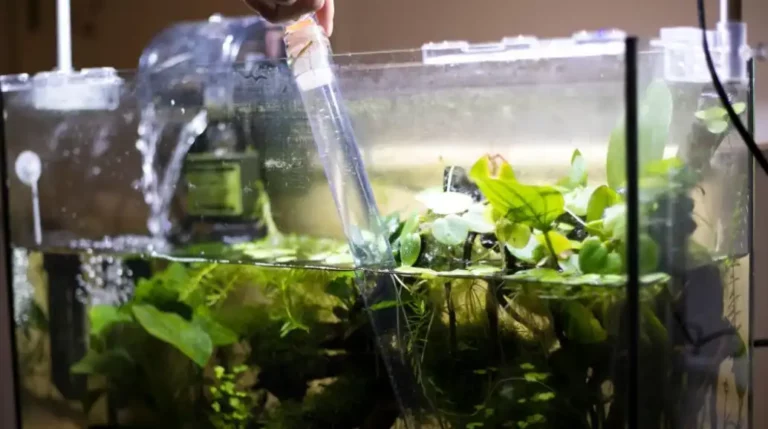
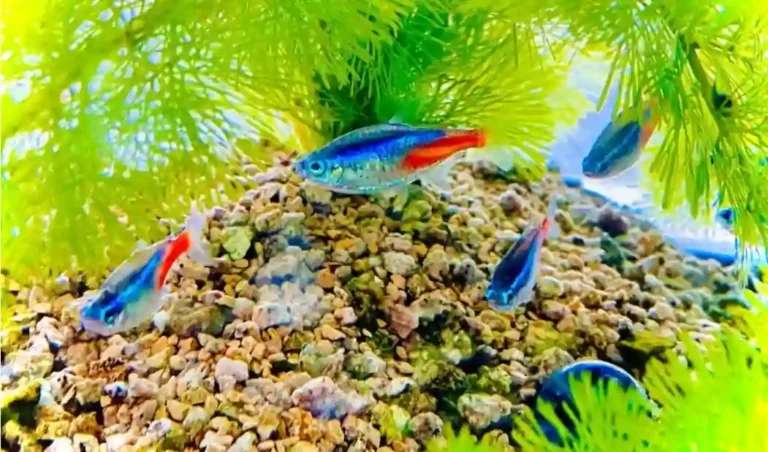
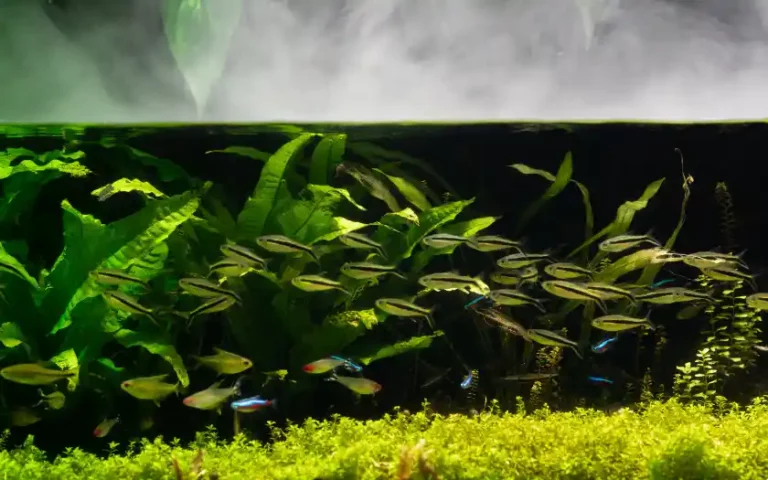
![How to Get Rid of Algae in tetra Tank? [Experts Secret]](https://www.tinyfishtank.com/wp-content/uploads/2023/03/How-to-Get-Rid-of-Algae-in-tetra-768x417.webp)
